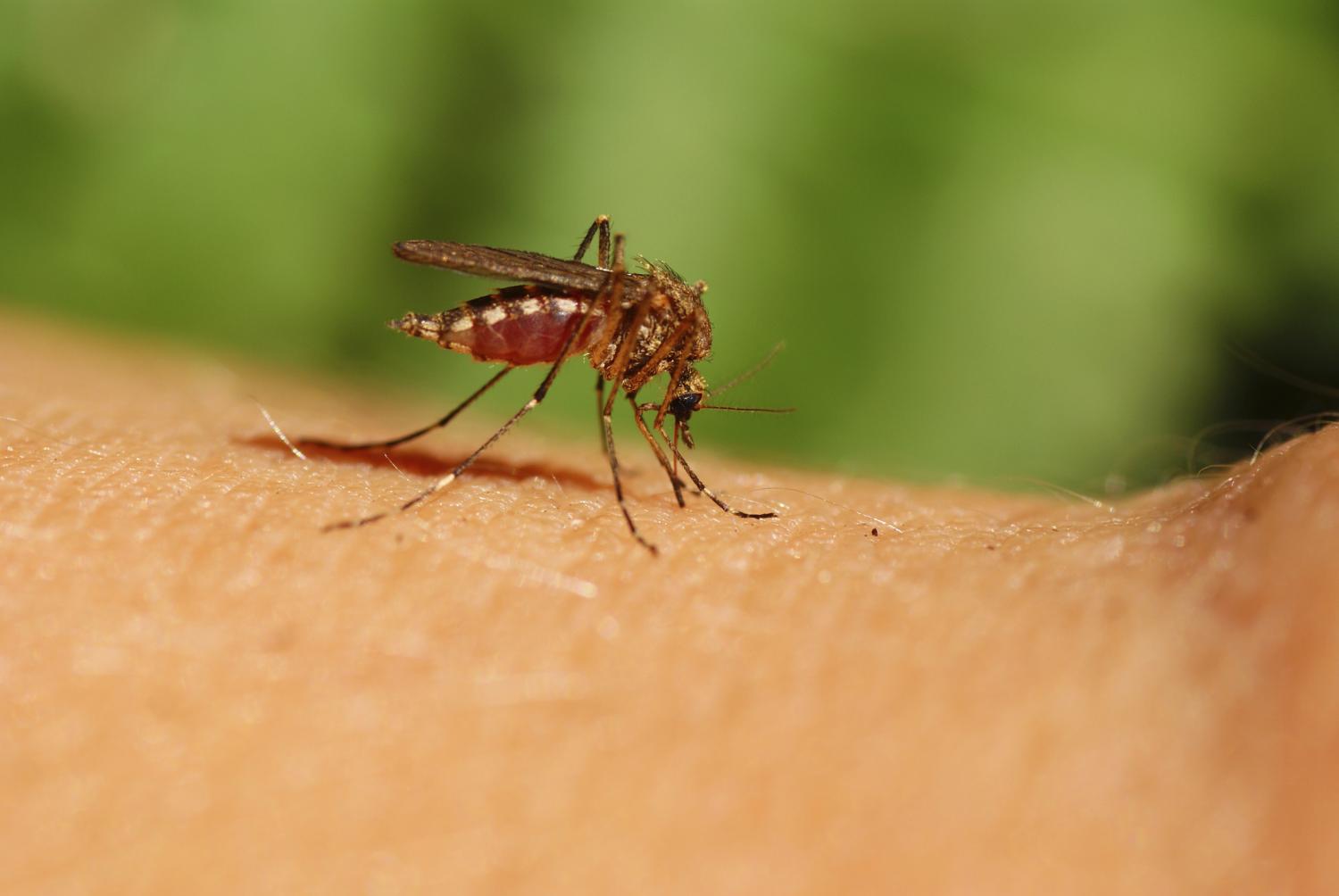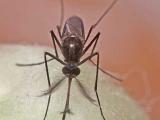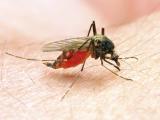West Nile virus (WNV) activity continues at levels well below last summer's big spike, but cases have been reported in 42 states so far, plus the District of Columbia, with most cases in the West and Midwest, the US Centers for Disease Control and Prevention (CDC) reported today.
As of Aug 13, the CDC received reports of 174 WNV cases, 7 of them fatal. Among them were 81 (47%) more serious neuroinvasive disease cases. So far 40 cases of presumed viremic blood donors have been reported. The five states reporting the most cases are South Dakota (35), Colorado (22), California (18), Minnesota (18), and North Dakota (13).
Last year the nation's WNV total reached 5,674 cases, the most since 2003. The epicenter of that outbreak was in Texas, which recorded a third of the cases—1,868, including 89 deaths. So far this season Texas has reported 8 cases and 2 deaths, according to the CDC.
A recent study in the Journal of the American Medical Association that focused on the cases in the Dallas area in 2012 found that the outbreak was preceded by an unusually mild winter and favored previously identified hot spots, with cases clustered in neighborhood with high housing density.
In other developments, two new studies shed new light on the virus, one that described the risk of illness from an infected tissue donor and one that tracked genetic changes in virus isolates. The studies appeared in Emerging Infectious Diseases (EID).
The tissue donation study, published yesterday by health officials from the CDC and California, is related to an earlier investigation of an organ donor who transmitted the disease to four solid-organ recipients, two of whom who died from their WNV infections.
The man had also donated tissues, such as skin, fat, muscle, and tendon, but they were not used in transplants and were treated and stored frozen.
Testing at CDC labs identified WNV RNA from the tissue samples, but the infectious virus could not be cultured. However, the virus was found in samples from the patient's spleen and lymph nodes.
The findings add to the limited information about detection of WNV in postmortem organs and tissues, the authors wrote. However, they cautioned that the findings are from one donor and might not be generalizable and that the tissues were frozen for almost a year before they were cultured, which might have impaired their ability to find viable WNV.
They concluded that the absence of antigen in the tissue samples and the absence of virus that could be cultured suggest that WNV transmission may be lower for transplanted tissues than for transplanted solid organs. Further studies on postmortem tissues are needed to better assess the risk, they added.
The WNV gene study, by scientists from the University of Texas Medical Branch at Galveston and Harris County in the Houston area, appeared today in EID. They based their analysis of WNV evolution using a surveillance system that was first put in place in the Houston area in 1964 to address the St. Louis encephalitis virus.
The group also said that the Houston area is a good location for exploring the virus, because the southeastern coastal region of the state is a temporary roosting site on a major flyway for migratory birds, and the area hosts more avian species, and possibly more WNV reservoir hosts, than anywhere else in the United States.
Their analysis included gene sequencing that explored viral evolution by looking at nucleotide changes, amino acid substitutions, and conducting phylogenetic and geospatial studies.
Full sequencing of 14 novel isolates from birds showed four separate groups that were distinct from strains that have circulated in the Houston area since 2002. Gene mapping and geospatial analysis hinted that they were closer to 2003-2006 isolates than to more recent ones.
A comparison with WNV isolates from the northeastern United States suggested a recent shift, with a novel strain introduced to Texas beginning in 2010, possibly from the northeastern part of the country.
Ongoing surveillance is needed to assess the effect of the shift on transmission dynamics and clinical disease incidence, the team concluded.
See also:
Aug 13 CDC WNV update
Blau DM, Rabe IB, Bhatnagar J, et al. West Nile virus RNA in tissues from donor associated with transmission to organ transplant recipients. Emerg Infect Dis 2013 (published online Aug 14) [Full text]
Mann BR, McMullen AR, Swetnam DM, et al. Continued evolution of West Nile virus, Houston, Texas, USA, 2002-2012. Emerg Infect Dis 2013 (published online Aug 15) [Full text]
Jul 17 CIDRAP News scan "Warm winter, early vector findings heralded Dallas West Nile outbreak"


















